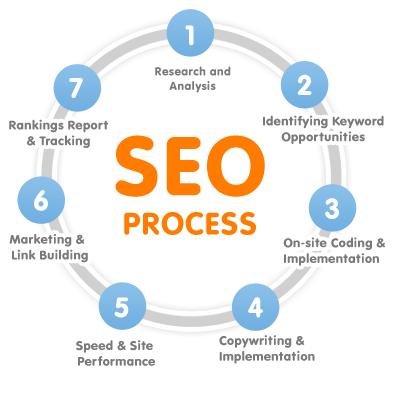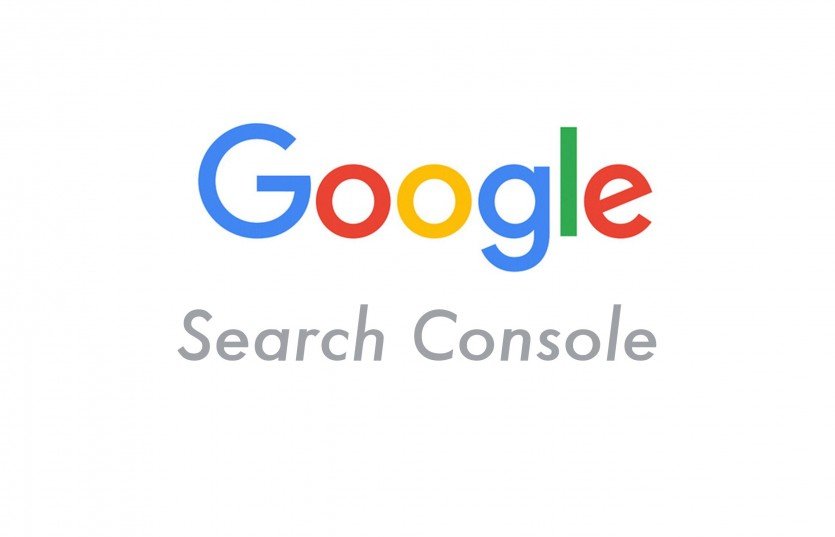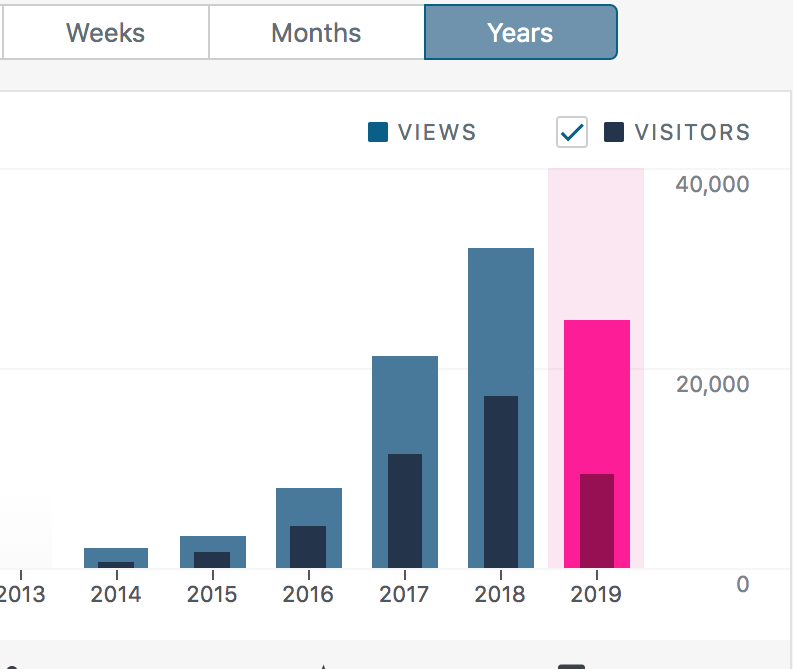Written by Keith Nguyen
Introduction
Welcome to the complicated and often confusing world of SEO, or Search Engine Optimization. This article will provide you with tools and recommendations to help you navigate through this confusing world and get your site ranking better.

Let’s take a look at the entire SEO process by examining this diagram. This article will examine the SEO process and the tools and strategies that you can use at each junction to improve your site ranking and drive organic traffic (not paid) to your site with the ultimate goal to convert traffic to paid customers who will benefit from your service or product.
Google and other search engine companies have a lot of products and services that they offer free of charge. The next few paragraphs will go over the how to use them, along with many other popular WordPress plugins, in order to improve your site performance and indexing. Let’s get started
Glossary
Unknown terms can get you confused.Here’s a short glossary of important terms used in this guide: Reference –> Google Support
- Index – Google stores all web pages that it knows about in its index. The index entry for each page describes the content and location (URL) of that page. To index is when Google fetches a page, reads it, and adds it to the index: Google indexed several pages on my site today.
- Crawl – The process of looking for new or updated web pages. Google discovers URLs by following links, by reading sitemaps, and by many other means. Google crawls the web, looking for new pages, then indexes them (when appropriate).
- Crawler – Automated software that crawls (fetches) pages from the web and indexes them.
- Googlebot – The generic name of Google’s crawler. Googlebot crawls the web constantly.
- SEO – Search Engine Optimization: the process of making your site better for search engines with the intent of increasing page rankings.
Research and Analysis and Identifying Keyword Opportunities
Focus Keywords
Understanding Focus Key words is absolutely critical to making sure your site gets ranked. Large companies have large marketing teams focused on capturing these key words to secure their site ranking.
For example trying to compete for words such as “wallet”, “cars”, “laptops”, “furniture”, will be a very futile proposition. These are general key words that large marketing companies have poured countless resources fighting for.
However there are niche key words that can do well. For example the term “pookie dot wallet”, or “hand made sheep skin wallet” will NOT put you in direct competition with “wallet”, a more general term. Thus a user has a better chance of getting indexed higher for these specific long tail key words.
Research key words by using tools and services like:
- Yoast SEO keyword suggestion
- Buzzsumo
- Google Keyword Planner (Google has made it difficult to use)
- Semrush(paid service)
These tools help you research keywords that people search for. The idea is to get ahead of the searches and write good content that offers value to the reader. By offering good content you build trust and creditability with the audience that will in turn be more likely to purchase or buy a service or product that you provide.
Onsite coding and implementation
Think like a machine
Machines are not like you and me. Machines are provided a set of instructions (an algorithm); it takes in inputs, and returns an output.
What are the inputs?
When Google crawls a website it is looking for a set of inputs. If the website meets all of Google’s criteria’s it will be indexed and shown to users when they search for the term. The input of website are: Page Title (Usually between <h1> tags), The metadata, the Focus Key words, and a site map at a minimum. There is much more but that is outside the scope of this article.
Popular Plugin such as YOAST are extremely popular in the WordPress universe because of its simplicity and user-friendly interface. Yoast allows the user to place these carefully researched key words into the article without learning to code. – as I said it is very user friendly.
Copyright and Implementation
Google Search Console
The Google Search Console is a tool that lets you interface with Google search engine. At a minimum, GSC tests your URL, and site index to make sure that googlebot is able to index and rank you site.
Get your website on google search console –> See Googles guide here

If your site is NOT indexed it is not going to show up on the search results. There is no amount of SEO magic that will change this fact. Getting your site index is priority 1 and learning to use the Google Search Console is critical to getting indexed.
Go to the google search console and authenticate your website by following their instructions. From there you can start to get your site indexed by Google.
Writing good Blogs and Articles
Writing good blogs means to provide the reader content that is relevant and valuable . The more relevant your content is to the end user the better indexing your site will get and Google will reward you by moving you up the search query.

Writing relevant content
Websites with blogs are statically ranked better. Here are a few questions you should consider before drafting a blog or article . What value does this bring to the end user. Does my blog clearly identify a problem, and does the content in my post provide my reader a solution to that problem. If your answer is yes to these prompts then it is going to be relevant to the user and more important … to Google.
Let’s be honest, most people search online for solutions to problems.
- How to lose weight
- How to fix a car, or specific part of a car
- How to improve tennis forehand, backhand, swing, or volley
- How to catch salmon
You get the point.
Let’s take this post as an example. What is the problem that this post seeks to solve for the reader? The reader wants to learn how to improve their sites search ranking, and the post provides strategies to help them do it.
How does Google know if my site is relevant to the user?
Since no one, except Google engineers, knows the exact algorithm the company uses for index websites — we all speculate. However here are some strategies that good ranking site all use based on practice.
Keep your bounce rates low
Bounce rates are indicators of how relevant your information is to the user. A high bounce rates means the user didn’t find your information useful and left. High bounce rates are a red flag to search engines that indicate spamming and low quality sites. The higher the bounce rate the lower your site or article will be ranked.
For reference, bounce rates for blogs are typically between 60-80% while business should try to not exceed 60%.
Increase blog lengths for better indexing
Average blog posts are typically 400-600 words long. Medium post are 1000+ and authority post are 1400-2,200 hundred words long. View one of my recent authoritative articles as an example.
Google and search bots like long articles and rank them high. Google view these articles as authority pieces that offer good content to the reader and is relevant. Writing longer and more authoritative quality pieces will get you more noticed by search bots, but it also demands more research and expertise in your field.
Keep the users on the your site
Keeping a user on your site and reading your articles will reduce your bounce rate. Suggest internal articles that they may find useful inside your article or at the end of it, and ask that they share it, if they enjoy it. If a user enjoys your site they will stay longer thus making it more relevant. If the user interacts with it such as share, post or comment, it will be perceived better by Googles algorithm.
Ask you audience to share, like or comment on your post. It’s free and doesn’t cost you anything.
Speed and Site Performance
Site performance
Site performance is important when it comes to getting ranked higher. It’s a fact; sites that load faster get ranked higher as part of the search engines algorithm. There are tools and plugins that help with site performance. Popular tools and plugin on wordPress are:
A good load time for a websites is 3 seconds (properly optimized). 5+ seconds (like my site) and most websites can be better optimized; however, that is an entire industry in itself, and I have limited knowledge on this subject.
Marketing and Link Building
Ok, your site is built, and you spent the better half of 3 hours writing a nice blog or relevant article. The next step is to share it on social media such as Facebook, twitter, e-news letter, Rss feed, or Instagram.
Ask people in your social network to share the article if they enjoyed it. The idea is get people to talk about and share your article. The more people enjoy the article the more likely they will be willing to share it to their social network. More relevant traffic will get your site indexed better.
Rankings Reports and Tracking
Google Analytics
I am a big analytics person. This means that I am constantly monitoring my sites statistics to see what works and more important – what doesn’t. My belief that I do well, in and of itself, does not make it true. Statistics are impartial, free of bias, indicator of what is really happening on my site. Let’s take my blog as an example.
My blog—The Lost Anchovy is about Kayak fishing blog and tutorials. Here is a snap shot of my statistics through the years.

Each year I implemented new strategies that drove up growth. I stop strategies that did not produce. As a result my growth has increase exponentially through the years. The rise in my statistics is proportional to the success of my strategies that I have implemented.
Using analytics is critical to driving the right changes on your blog, website, and business to promote growth. You can’t manage what you can’t measure, and trying to implement marketing strategies with out analytics can be a very costly mistake for any business.
Conclusion
The world of SEO can be complex and confusing, that is why there are is a whole industry dedicated to mastering this craft. These few tips and techniques, in all honesty, is scratching the surface. I hope this article provides you with knowledge to move forward. Good luck — Keith